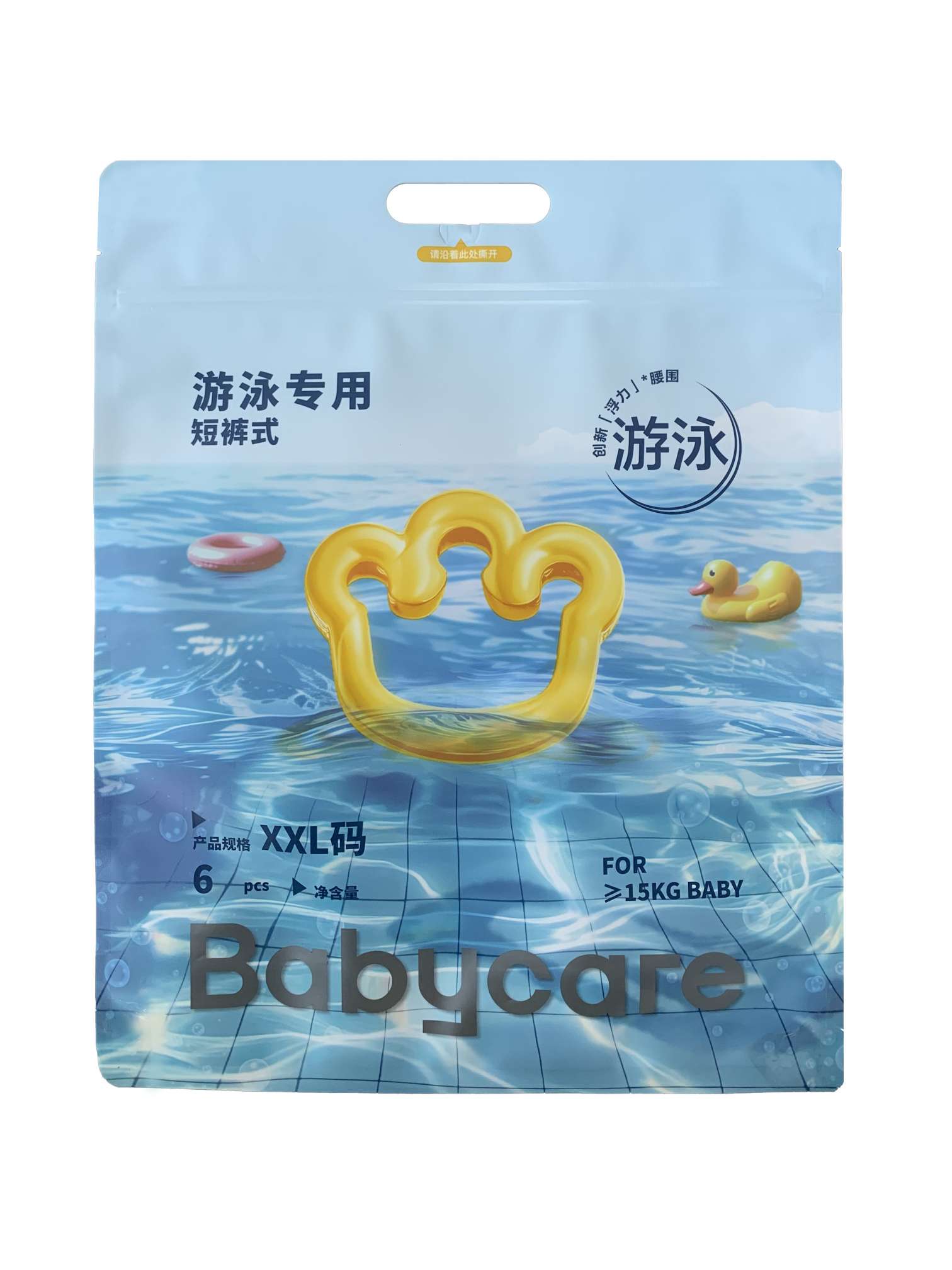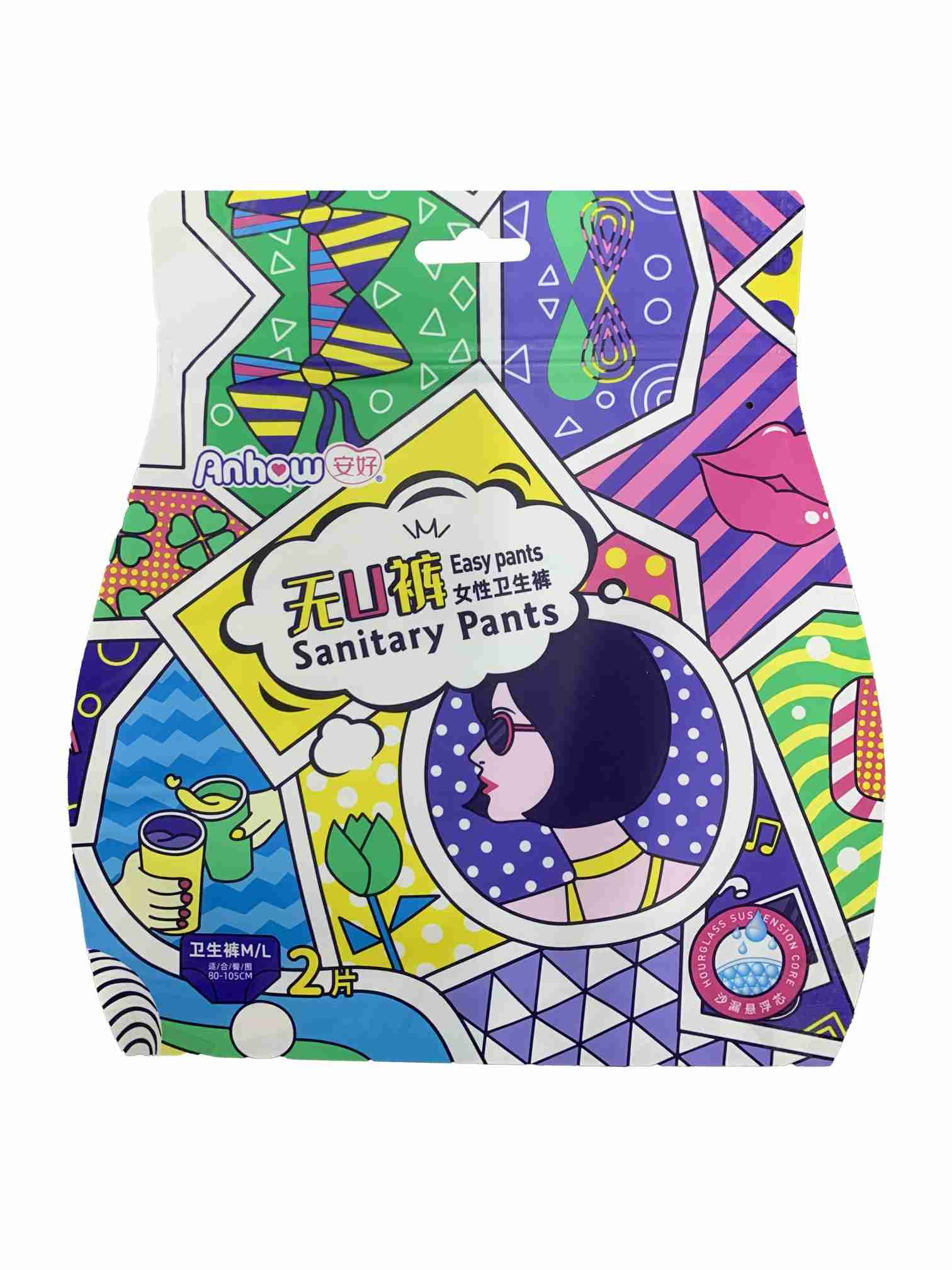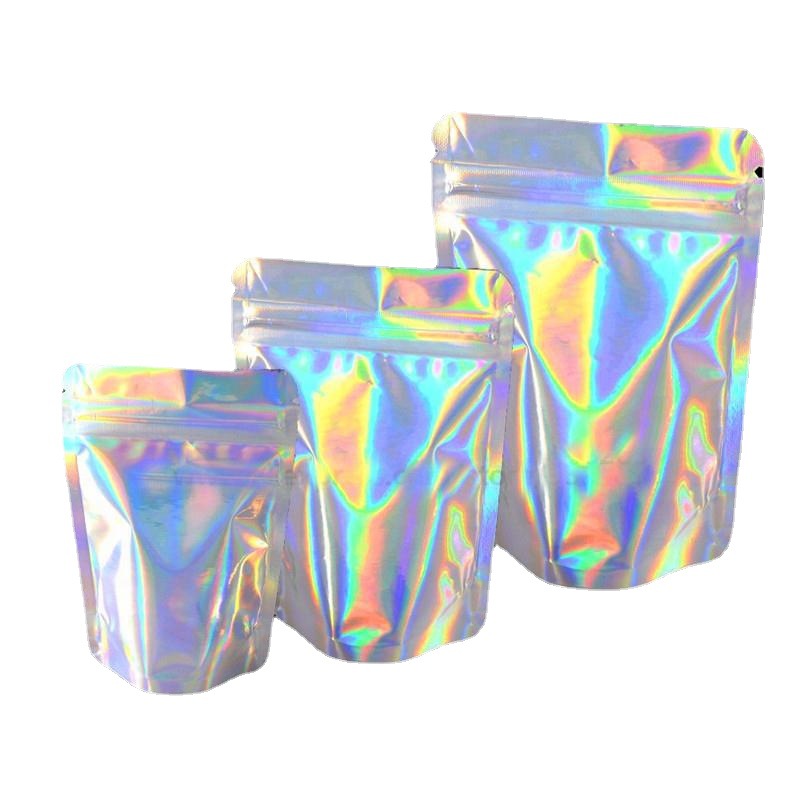Author:Tansox Packaging Poly Bags Manufacturer TIME:2025-04-01
Custom printed poly packaging bags are commonly used for a variety of applications, ranging from retail packaging to shipping and promotional purposes. They offer a high level of versatility, allowing businesses to showcase their branding while providing protection for products. One of the important features to consider when choosing poly bags for packaging is whether or not they are waterproof. Waterproofing is essential, particularly when the bags are used for packaging items that can be damaged by moisture, such as electronics, clothing, or food products. In this article, we will explore whether custom printed poly packaging bags are waterproof and what factors influence their water resistance.
Poly packaging bags, also known as polyethylene bags, are made from a type of plastic material that is widely used in the packaging industry. These bags come in various thicknesses, sizes, and styles, including clear, opaque, and custom printed designs. Poly bags are popular because they are lightweight, durable, and cost-effective. They can be used to pack a wide range of products and provide basic protection against dust, dirt, and physical damage.
Polyethylene itself is a water-resistant material, meaning it does not absorb water easily. However, the level of waterproofing in custom printed poly packaging bags depends on factors such as the material’s thickness, the type of polyethylene used, and how the bags are sealed. While poly bags can resist moisture to a certain degree, they are not inherently waterproof unless specific steps are taken during their manufacturing process.
Several factors influence the waterproofing capabilities of poly packaging bags. Here are the most important ones:
The type of polyethylene used in the production of custom printed poly bags plays a significant role in their ability to resist water. There are two common types of polyethylene: low-density polyethylene (LDPE) and high-density polyethylene (HDPE). LDPE is known for being more flexible and resistant to moisture, making it a better choice for bags that need to provide some level of water resistance. On the other hand, HDPE is more rigid and less resistant to water, although it can still provide basic protection against moisture.
For custom printed poly bags that require better waterproofing, LDPE is often the preferred choice. However, it’s important to note that while LDPE is water-resistant, it is not completely waterproof unless treated or enhanced during manufacturing.
The thickness of the poly bag directly affects its waterproofing ability. Thicker bags are generally more effective at preventing water from seeping through compared to thinner ones. A thicker poly bag provides a more substantial barrier against water, making it suitable for packaging items that may be exposed to moisture during transit or storage.
Custom printed poly bags come in various thicknesses, typically measured in mils (thousandths of an inch). A thicker bag (e.g., 3 mils or more) will provide better protection against water than a thinner bag (e.g., 1 mil). If waterproofing is a top priority, businesses should consider opting for thicker poly bags to ensure better moisture resistance.
The method used to seal the custom printed poly packaging bags can also affect their water resistance. A well-sealed bag will prevent water from entering through the seams or openings, making it more effective in protecting its contents. Common sealing methods include heat sealing, adhesive sealing, and zipper sealing.
Heat sealing is one of the most effective methods for ensuring a secure and waterproof seal. This process involves using heat to melt the edges of the poly bag, bonding them together to form a strong and airtight seal. Bags that are heat-sealed tend to offer better waterproofing than those that are simply taped or glued, as the melted edges create a more durable and moisture-resistant barrier.

In some cases, manufacturers may apply special coatings or additives to enhance the waterproofing properties of custom printed poly bags. These coatings can make the bags more resistant to water penetration, ensuring that the contents remain dry even in wet conditions.
One common coating used for waterproofing is a layer of polyethylene or a similar water-resistant material. Additionally, some poly bags may be treated with chemicals that improve their resistance to water. These bags may be labeled as “waterproof” or “water-resistant” to indicate their enhanced protective qualities.
While custom printed poly packaging bags can provide some degree of water resistance, it’s important to understand their limitations. Polyethylene is not completely waterproof, and if exposed to water for extended periods or under extreme conditions, water can eventually seep through. Additionally, the quality of the seal and the thickness of the bag can degrade over time, reducing the effectiveness of the waterproofing.
For applications that require full waterproofing, such as packaging items that will be submerged in water or exposed to heavy rain, businesses may need to consider alternative packaging materials, such as laminated bags or specialized waterproof pouches. These options offer a higher level of protection against water, ensuring that the contents remain safe and dry.

Custom printed poly bags are used across a wide range of industries, from e-commerce to retail, food packaging, and more. In each of these sectors, the need for water-resistant packaging varies depending on the type of product being packed and the conditions it will face during shipping and storage.
For example, in the food industry, moisture resistance is important to prevent items from getting soggy or spoiled. Custom printed poly bags used in this industry may be designed to resist water to a certain extent but might require additional layers of protection to ensure that the contents stay dry. In the retail sector, custom printed bags used for clothing or electronics may only need basic moisture resistance, as these products are usually not exposed to wet conditions.

Custom printed poly packaging bags offer some level of water resistance due to the properties of polyethylene, but they are not entirely waterproof unless enhanced during manufacturing. Factors such as the type of polyethylene, bag thickness, sealing methods, and additional coatings can all influence the waterproofing capabilities of the bags. While poly bags are suitable for many applications where moderate moisture protection is required, businesses needing full waterproofing should explore other packaging solutions. Understanding the specific needs of your products and selecting the right poly bags can help ensure that your items remain safe and dry during transportation and storage.